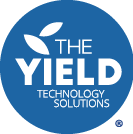Overview
How these top companies are using AI every day
In the news
Stories
Posted on April 4, 2024
Christopher Niesche | Australian Financial Review | March 21, 2024
From sensing the water needs of grapevines to avoiding iron ore spills in the Pilbara, artificial intelligence is helping Australia’s major companies become more efficient.
From the vineyards of the Barossa, to the iron ore trains of the Pilbara, to insurance assessments in the wake of Queensland storms – Australia’s largest companies are using artificial intelligence across their operations to improve efficiency, productivity and safety.
Treasury Wine Estates, the owner of Penfolds and Lindeman’s, is using AI and robotics to improve sustainability at its vineyards, help with barrel storage at its wineries, as well as prepare for weather events.
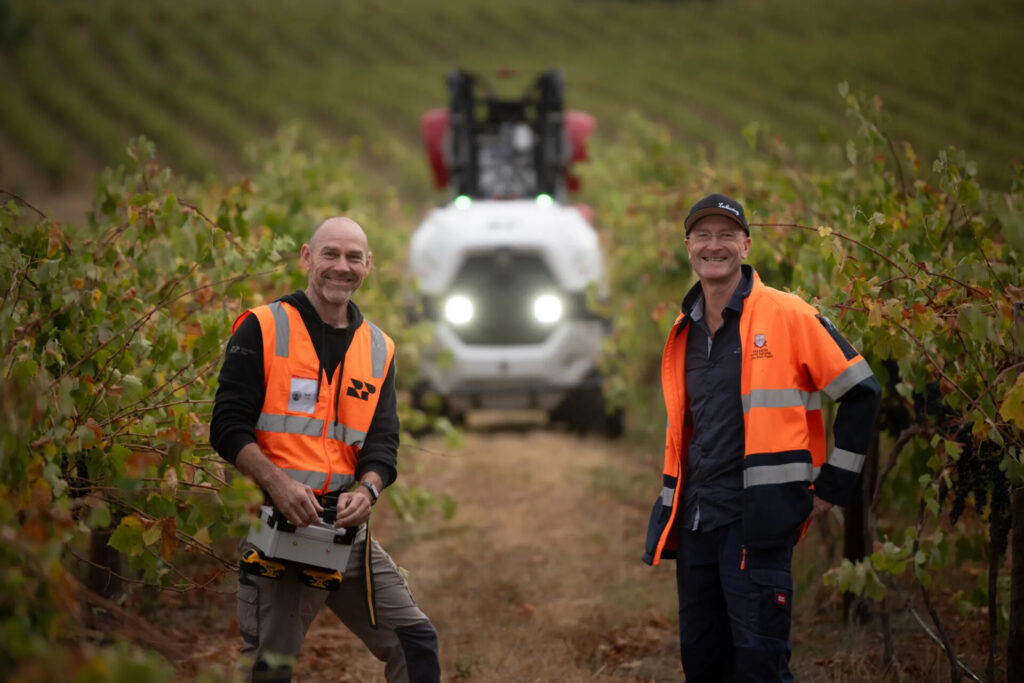
Chief supply officer Kerrin Petty says the company uses a combination of AI and robotics in most of its global supply chain.
Treasury Wine is running trials of autonomous tractors in the Barossa Valley wine region in South Australia, the Napa Valley in California and Marlborough in New Zealand to carry out simple tasks such as spraying the vines. They can operate around the clock and keep staff away from agricultural chemicals.
The tractors are also equipped with cameras that collect real-time data on the health of the vines, such as vigour or yield. That data provides insights on whether more watering or spraying is needed.
“We’re at the early stages of that, but it’s really, really promising,” Petty says.
The company has also built its first fully autonomous barrel hall, where AI-equipped forklifts move the 500 kilogram oak barrels around the winery as needed, collecting data and optimising workflow as they go.
“These things can work around the clock. They’re highly efficient but, more importantly, keep people out of harm’s way,” he says.
Better prepared
Treasury Wine also collects climate data and uses AI to produce short, medium and long-term weather forecasts to inform the management of its vineyards. “It helps us predict yield and also quality windows, where we pick our fruit at the optimum state and bring it in to our wineries, which is really, really neat,” he says.
The data helps Treasury Wine prepare for events such as frosts and fires, and to reduce water use because water can be used in precise amounts exactly when the vine needs it.
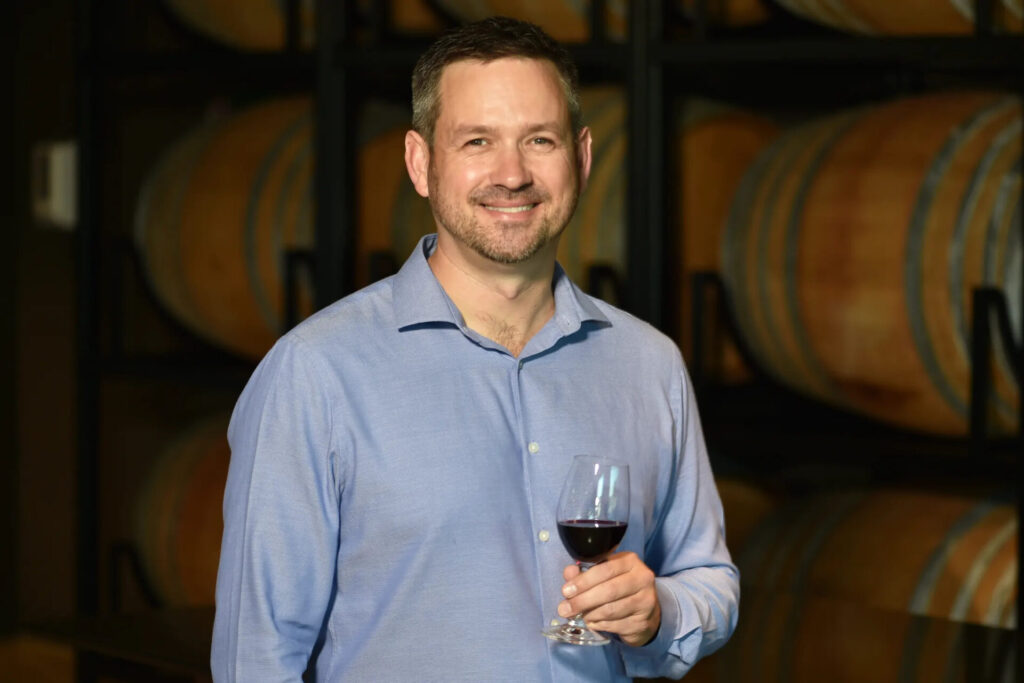
Petty says that one challenge in introducing AI is selecting the appropriate partner to work with and ensuring the businesses doesn’t get overloaded with too many AI options at the one time. “There’s a lot of shiny toys out there,” he says.
This goes hand in glove with ensuring the company has the right skills to take advantage of the technology. For instance, Treasury Wine has two programmers with skills in mechatronics on staff. “Rewind five years and we would never have had those types of individuals in our organisation,” Petty says. “It’s an emerging skill set.”
Reduced downtime
Treasury Wine is one of a growing number of large companies in Australia using artificial intelligence to improve its operations and efficiency, and to drive safety and sustainability.
BHP is using AI to optimise loading and offloading iron ore on rail trucks and loading it onto ships for export from Western Australia.
“During the process of loading iron ore onto rail cars, unexpected surges in the volume of iron ore can, without warning, cause a spillage and possible damage to train infrastructure,” a spokesman for the mining giant says
“Machine vision technology mitigates the impact of these surge events by providing early detection and intervention of surges. The technology triggers an automatic pause in loading to allow operators to intervene.”
The AI solution minimises production losses and improves safety, reducing the need for operators to manually clean up a spill. This technology delivered a 105,000 tonne production saving in one area of its operations in the 2022-23 financial year. BHP is now looking at scaling the solution across all trainloads in its WA iron ore operations.
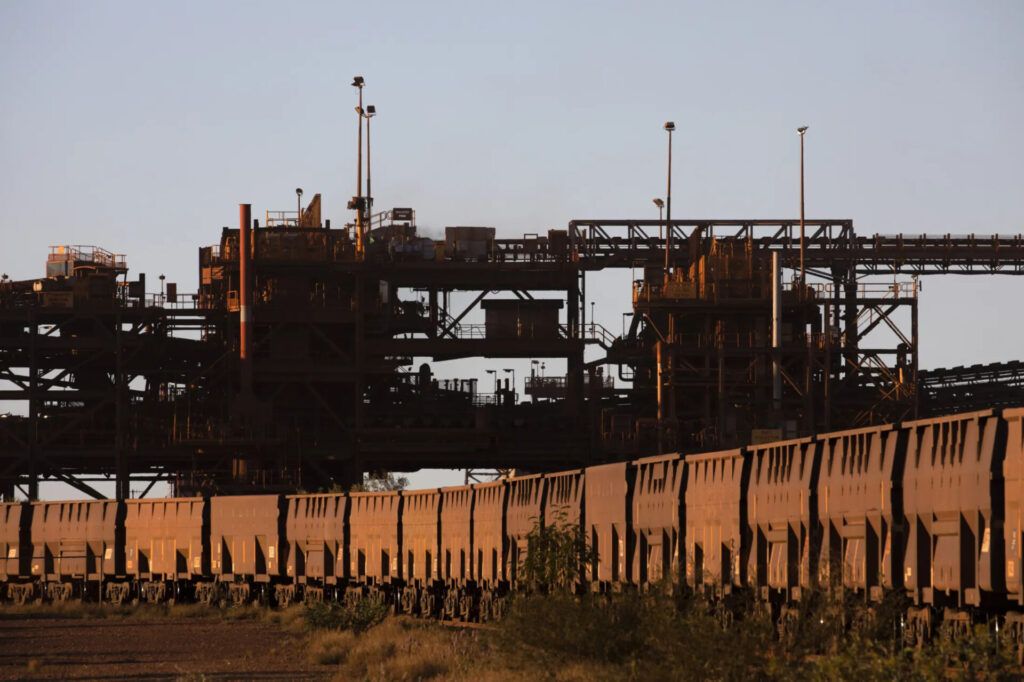
BHP is also using AI to meet the challenge of iron ore grade variability with an application that can help reduce variability in shipped ore. The application takes existing site data to provide real-time visibility over the grade of product in its stockpiles, allowing it to ship exactly the quality of ore the customers ordered.
Hunting for gold
Another application of AI in mining is for exploration.
Australian company SensOre – which counts BHP as a customer – uses AI to analyse vast amounts of existing geological data to find areas that are likely to hold valuable commodities. It takes seismic, gravity and magnetic data, as well as drilling data from previous exploration activities. (Mining companies and explorers in Australia are required to make this data public.)
Then it looks at areas with mines and finds correlations between their characteristics and other areas, which suggest the same commodity could be present. “We train the computer to go and find data where there are the closest correlations to known mines that haven’t been discovered yet,” says CEO and co-founder Richard Taylor.
“It’s taking a workflow that a human would do and doing it on steroids,” Taylor says.
Where a geologist might draw on experience from visiting 10 or 20 mines and a few favourite data points to determine the suitability of a site, AI can review thousands of data points and mines. For instance, the application has been trained on 10,000 different gold mines.
SensOre is targeting a 5 to 10 per cent success rate from holes that explorers drill using its application, which would be a “fantastic improvement” on industry success rates of less than 1 per cent, Taylor says.
Mining explorers will be able to drill fewer holes and use data instead of disturbing the environment, he says.
Taylor expects the data will help uncover previously undiscovered minerals deposit.
“When you’ve got all the data in Australia, you can see very clearly that we’ve been very active sampling the stuff that sticks out of the ground, the basement that’s exposed,” he said, but added there hasn’t been so much sampling of what is underground.
Disaster responses
Insurer Suncorp is using artificial intelligence to combine geospatial data, weather threat mapping and customer information to monitor and better respond to potential disasters.
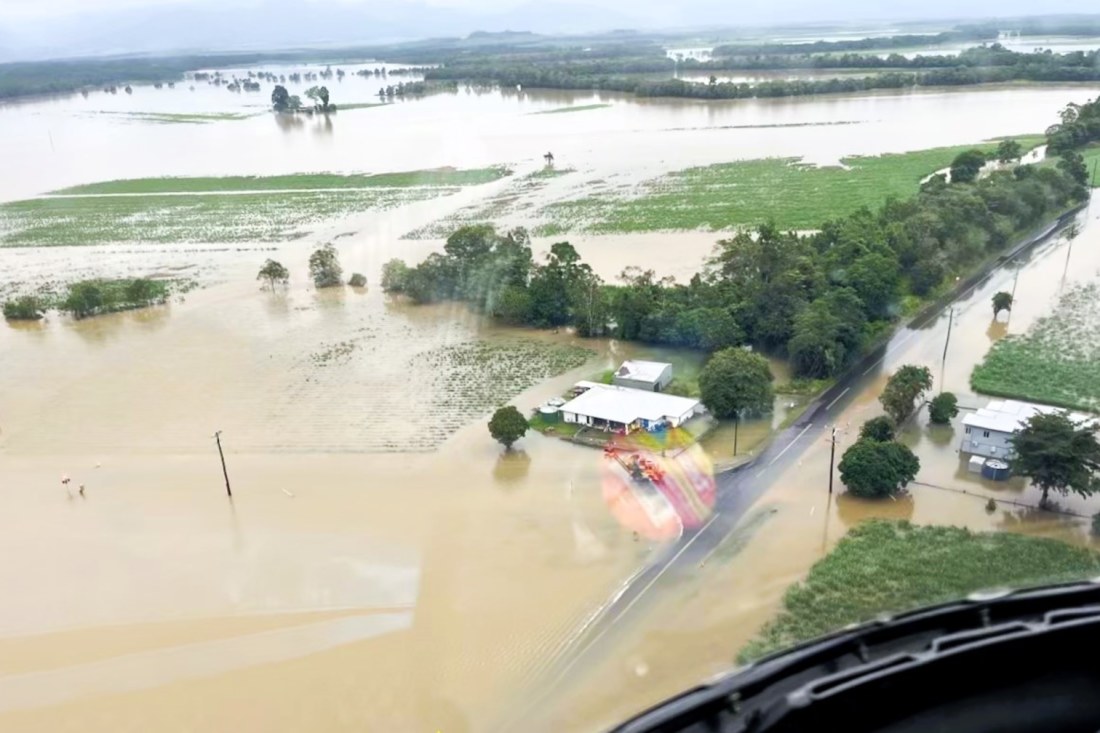
This helps to identify high-risk areas as severe weather events unfold, says Alli Smith, executive in charge of home claims.
The combined technology helped identify property-specific data in the response to recent weather events such as ex-Tropical Cyclone Jasper and the Gold Coast storms.
“How this works is our AI model detects and rates the severity of damage from natural disasters by using aerial images taken before and after events, identifying damage to things like solar panels, roof materials, skylights and other building features,” Smith says.
The data is then used to help Suncorp determine where it should deploy its resources after the event.
“AI plays a crucial role in planning proactive communications, managing claims processing and allocating resources efficiently,” Smith says. “Recent applications of this technology have been instrumental in responding to recent weather events like ex-Tropical Cyclone Jasper and the Gold Coast storms.”
Published article: Artificial intelligence: How BHP, Treasury Wine and Suncorp are using AI (afr.com)
Most recent

Press release
December 13, 2023
AgTech Trends 2023 Survey: Agriculture Industry Demand Rising Sharply for AI, Automation and Advanced Data Analytics

Press release
December 13, 2023
AgTech Trends 2023 Survey: Agriculture Industry Demand Rising Sharply for AI, Automation and Advanced Data Analytics
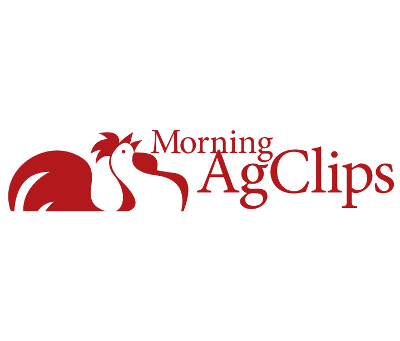
Press release
December 12, 2023
